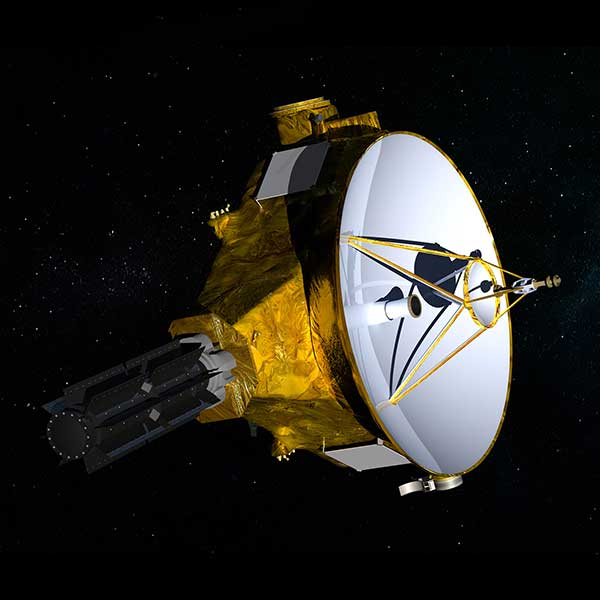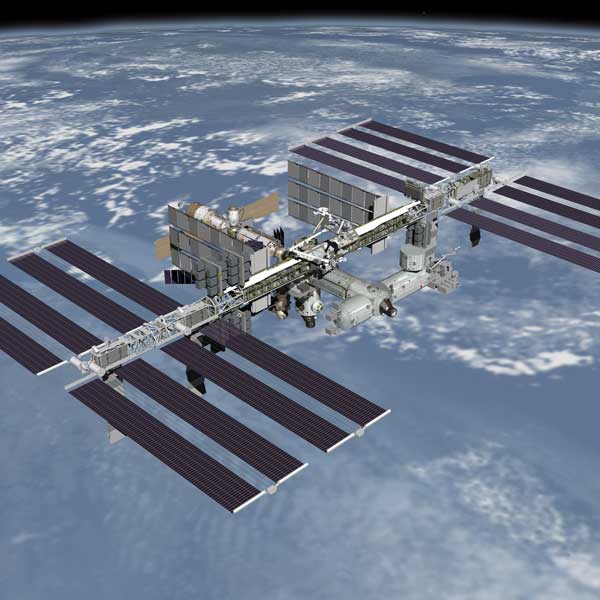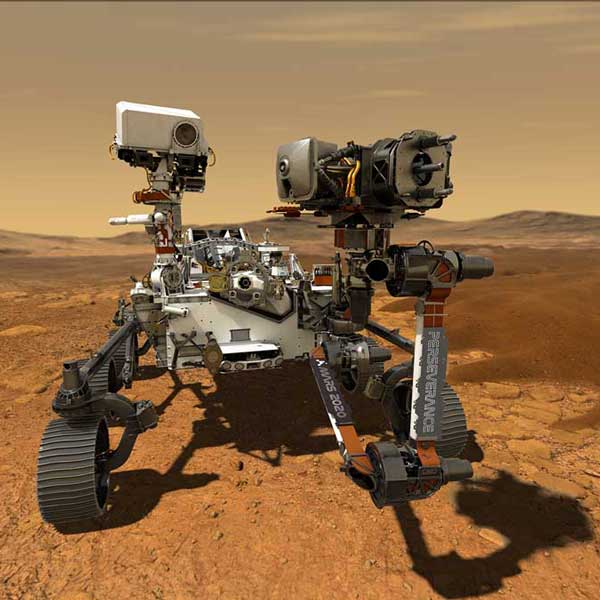We are a world leader in high precision optical manufacturing, delivering custom optics to a wide range of innovators around the globe. Meeting these goals demands the right people. Teamwork, adaptability, and an enthusiastic approach to problem-solving are central to the Optimax culture. But what unites all our employees best is a hunger to continuously learn. We strive to find driven individuals who are committed to lifelong learning; who will continue to add value in their work throughout long and successful careers.
Optimax in Space
Optimax has participated in many aerospace and NASA programs. We have supplied these programs with high-quality imaging lenses designed for position sensing, mapping landforms, and optical analysis. Scroll through our the missions listed to find out more about “Optimax in Space”.
Pluto New Horizon
Pluto New Horizon
Voyage to Unexplored Planet
Mission Details
The New Horizons mission will help us understand worlds at the edge of our solar system by making the first reconnaissance of the dwarf planet Pluto and by venturing deeper into the distant, mysterious Kuiper Belt – a relic of solar system formation.
New Horizons launched on Jan. 19, 2006; it swung past Jupiter for a gravity boost and scientific studies in February 2007 and will conduct a five-month-long reconnaissance flyby study of Pluto and its moons in summer 2015. Pluto’s closest approach is scheduled for July 14, 2015. As part of an extended mission, the spacecraft is expected to head farther into the Kuiper Belt to examine one or two of the ancient, icy mini-worlds in that vast region, at least a billion miles beyond Neptune’s orbit.
Sending a spacecraft on this long journey will help us answer basic questions about the surface properties, geology, interior makeup and atmospheres on these bodies.
LAUNCHED: 2006
Optimax on Board
Optimax lenses are on-board the LORRI (Long Range Reconnaissance Imager) telescopic camera which will obtain data at long distances and map Pluto’s far side and provide high-resolution geologic data.
Mission Resources
Check out the entire mission details on the NASA website:
Videos and Images Courtesy NASA/JPL-Caltech
Optimax on Board

















